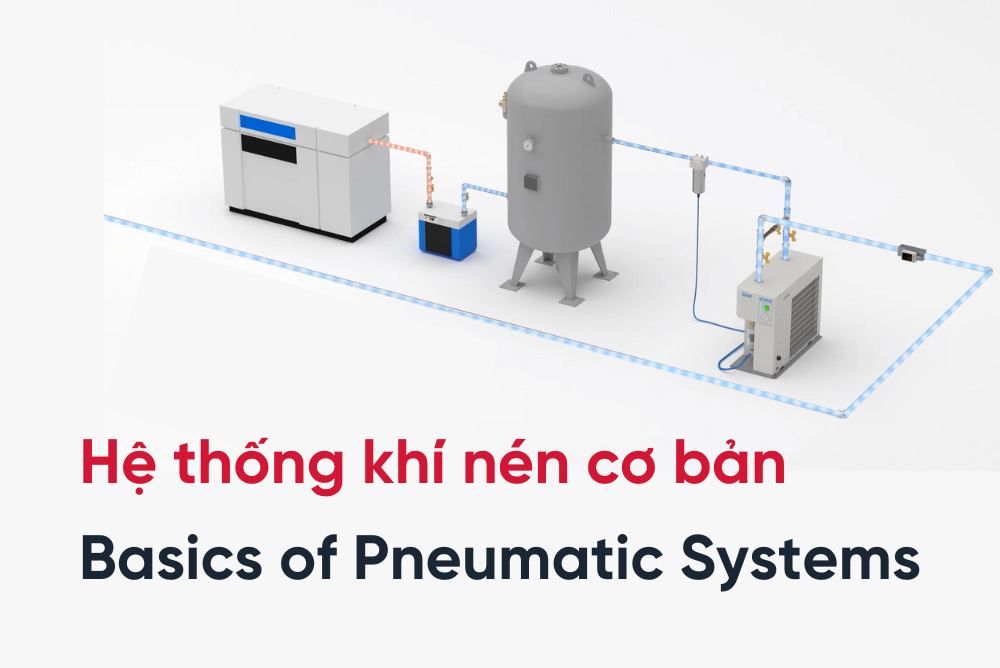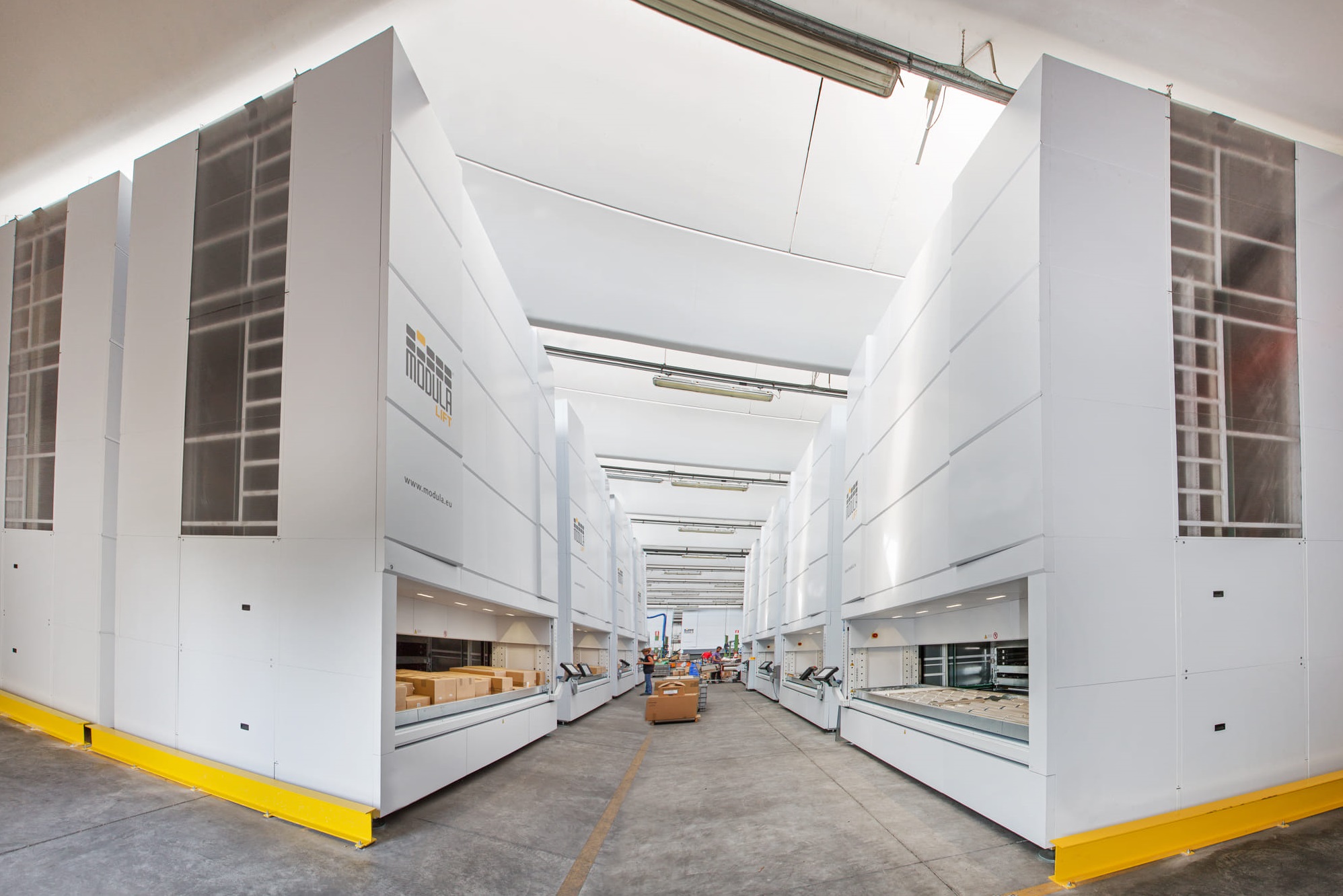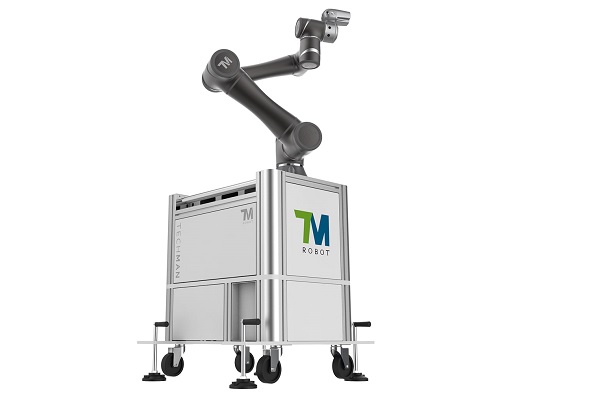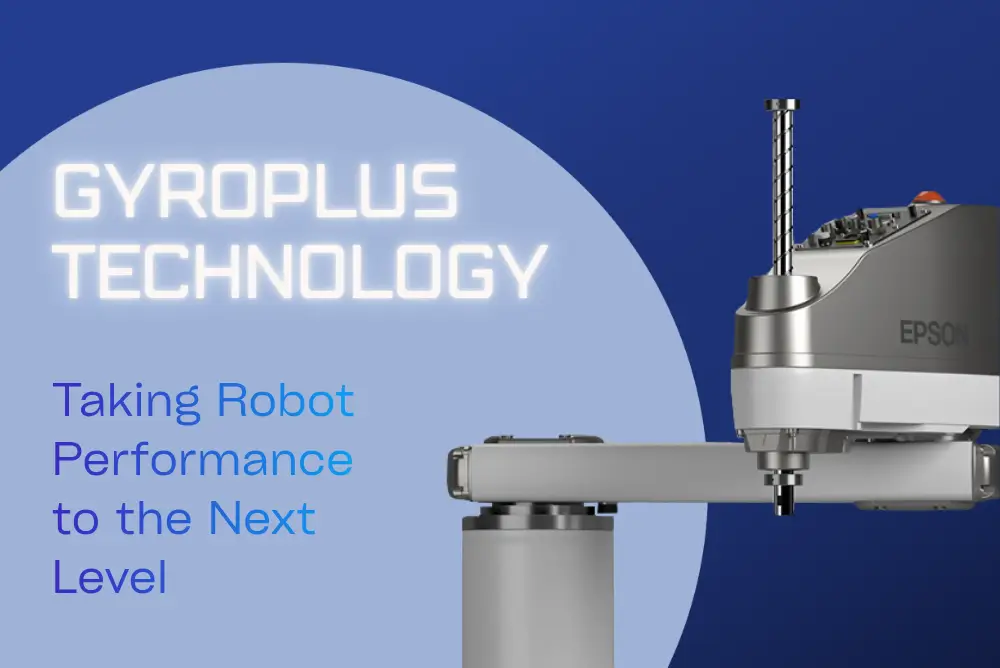Industry 4.0, IIoT (Industrial Internet of Things), Smart Manufacturing, and the Factory of the Future are creating a lot of buzz as the Fourth Industrial Revolution gains momentum. These advanced technologies promise levels of efficiency—through process optimization, minimized downtime, and improved product quality—that most manufacturers once thought were out of reach.
However, high initial investment costs often make it difficult for many companies to find the right entry point into Industry 4.0. So, how can you overcome these challenges, get ahead of the competition, and achieve rapid ROI? Below are some top Industry 4.0 insights and strategies designed to deliver immediate benefits and a significant competitive edge.
What Is Industry 4.0?
Introduced in 2006, Industry 4.0 marks the fourth industrial revolution. This new way of manufacturing consists of increased connectivity between machines and people. Enhanced connectivity improves monitoring and control, boosts production efficiency, elevates product quality, and brings many other benefits.
According to IDC, the global market for smart manufacturing technologies surged from USD 87 billion in 2017 to USD 158 billion in 2022—clearly showing that Industry 4.0 is here to stay.
Moreover, as more industrial automation components become IIoT-ready, even minimal investments in Industry 4.0 technology can gain significant ROI, opening the door for competitive gains across businesses of all sizes.
Key Characteristics of Industry 4.0
Industry 4.0 focuses on deepening the connectivity between machines and people, automating production processes, and enabling seamless data exchange. Its core technologies include:
- Internet of Things (IoT): Devices and machines connected via the internet, enabling real-time communication
- Artificial Intelligence (AI) and Machine Learning (ML): Systems that learn, analyze data, and make informed decisions
- Big Data: The collection and analysis of vast quantities of information.
- Advanced Automation: Smart robots and self-operating systems that minimize human intervention.
- Virtual Reality and Augmented Reality (VR/AR): Simulation technologies supporting design and operations
- Cloud Computing: Data storage and processing on cloud platforms.
- Smart Manufacturing: Smart factories with optimized production processes.
- Digital Supply Chain: Comprehensive management from raw materials to final products.
Overall Benefits of Industry 4.0 Technologies
Companies that adopt Industry 4.0 early gain a clear competitive advantage by realizing benefits such as:
- Improved Efficiency: IoT-enabled systems provide real-time monitoring and optimization, reducing waste, cutting downtime, and boosting product quality.
- Increased Productivity: Easy access to production data and analytics empowers teams to make informed, proactive decisions that enhance efficiency and lower costs.
- Reduced Unplanned Downtime: Continuous monitoring helps detect issues early—allowing for intervention before problems lead to expensive disruptions or safety risks.
- Enhanced Customer Satisfaction: Automation and on-demand data ensure consistent product quality, timely deliveries, and rapid responses to customer needs.
Below are two standout strategies that you can implement immediately to leverage Industry 4.0 and secure a rapid ROI.
Tip 1: Make the Move to Predictive Maintenance (PdM)
Why Switch to Predictive Maintenance?
All machine components gradually wear out and eventually need repair or replacement. While waiting for a part to break down might seem acceptable, this reactive approach often leads to unexpected downtime, inefficiency, and high long-term costs.
Time-based preventive maintenance—where parts are replaced on a fixed schedule—can reduce unplanned downtime. However, such schedules are typically based on worst-case estimates rather than actual usage, resulting in premature replacements and unnecessary maintenance. More importantly, without real-time monitoring of equipment conditions, catastrophic failures can still occur.
Reactive and preventive maintenance are commonly used by businesses, but they are not the most optimal solutions.
Predictive maintenance, on the other hand, provides the right information to the right people at the right time. Instead of adhering to a fixed schedule, predictive maintenance is driven by sensor data that monitors real conditions—such as temperature, humidity, pressure, noise, and vibration—to forecast when a component is likely to fail.
Predictive maintenance helps save both time and maintenance costs in the long run
By integrating sensors, control systems, and cloud-based data processing, manufacturers can tap into the full potential of predictive maintenance. This data, when combined with other datasets, becomes “smart data” that might include:
- Equipment details (model, configuration)
- Engineering data (manufacturer performance models, End-of-Life information, historical records)
- Usage metrics (startup frequency, cycle times, load statistics)
- Maintenance history (service intervals, replacement records)
- Predictions on imminent failure or remaining useful life
Smart data can trigger real-time alerts for unusual equipment behavior, delivered 24/7 to mobile devices. This allows for remote adjustments and immediate performance optimization.
Additionally, OEMs and integrators can offer Maintenance-as-a-Service (MaaS), generating new revenue streams.
How Predictive Maintenance Pays Off
Experience shows that a well-implemented predictive maintenance program can yield an average annual ROI of at least 30%—with savings of up to 25% on maintenance costs and 5% on inventory costs—along with intangible benefits like improved customer satisfaction and reduced production disruptions.
AMS - SMC's air management system features predictive maintenance technology for the entire factory's pneumatic system.
And the best part? This modernization does not need to happen overnight! Upgrades can be made incrementally during scheduled maintenance. Adding small sensors over time gradually enhances the system’s digital intelligence, while modern cloud gateways simplify sensor integration into existing IT infrastructures.
Tip 2: Use IIoT Data to Enhance Quality and Production
Why Use IIoT Data? (Industrial Internet of Things Data)
In today’s competitive manufacturing landscape, data is an invaluable asset. IIoT technology aggregates sensor data related to raw materials, environmental conditions, production output, waste, and more. This real-time smart data enables:
- Early Issue Detection: Automated alerts notify quality control teams, operators, and plant managers of anomalies, allowing swift corrective action.
- Process Automation: In critical situations, systems can automatically halt machinery to prevent further damage.
- Enhanced Quality Control: Linking data to unique product serial numbers enables comprehensive tracking throughout the production process, reducing errors and ensuring high-quality.
A core principle of continuous improvement is minimizing all forms of waste. Businesses can utilize IIoT data to increase throughput, reduce scrap, and minimize rework.
Since most quality issues stem from human errors, implementing Industry 4.0 technologies can help minimize operator mistakes by eliminating non-value-added steps or reducing the number of decisions operators must make. Production data is accurately recorded and accessible through unique serial numbers, ensuring full traceability.
Beyond interconnecting devices within a system, there is a growing trend of embedding sensors directly into equipment to enhance data collection. By integrating smart sensors into products, manufacturers gain new insights into product performance, enabling them to implement equipment improvements that enhance reliability and customer satisfaction. This emerging technology is set to be a game-changer, unlocking new opportunities for product enhancement and innovation.
How IIoT Data Pays Off
Smart manufacturing driven by IIoT not only improves product quality and operational efficiency—it also supports better financial forecasting and strategic decision-making.
Real-time, accurate production data provides a clear view of facility performance, allowing for rapid identification and resolution of issues before they escalate into costly downtime. This deeper insight into machine performance enhances resource management and boosts production capacity, giving you a significant competitive advantage.
Adopting an Industry 4.0 strategy not only helps businesses tackle current challenges but also paves the way for future growth and innovation. From transitioning to a predictive maintenance model to leveraging IIoT data for quality and productivity improvements, these technologies provide tangible benefits, including:
- Enhanced efficiency and productivity
- Reduced machine downtime
- Improved customer satisfaction
- Optimized resource management and strategic decision-making.
For automation engineers and plant managers, embracing and implementing these solutions will not only enhance existing production processes but also establish a sustainable competitive advantage—all without requiring significant upfront investment.
At Temas, our seasoned automation engineers have deep expertise in Industry 4.0 solutions—from predictive maintenance to IIoT data integration. We deliver turnkey, sustainable automation solutions that empower your production processes to stay ahead of the competition. Contact us now to transform your manufacturing operations and secure a lasting competitive advantage.


 Read more
Read more



